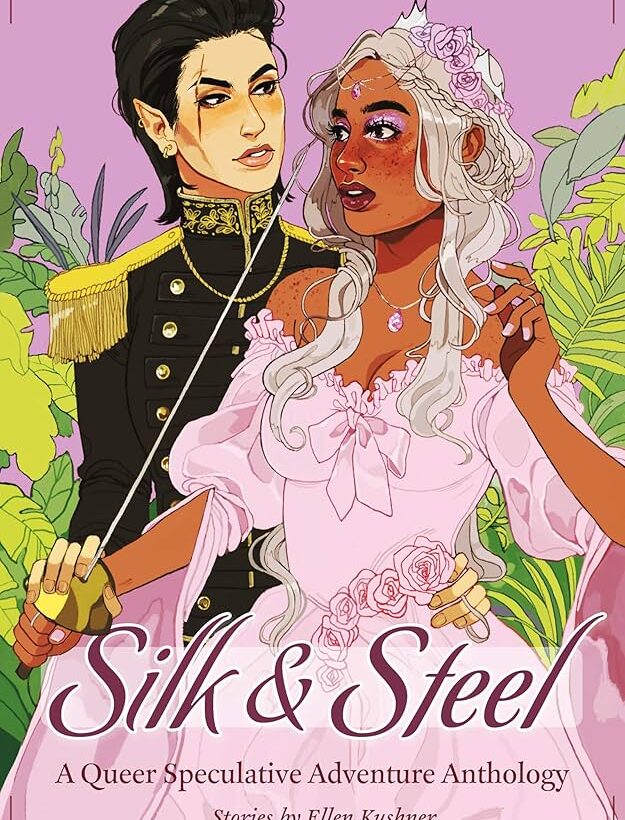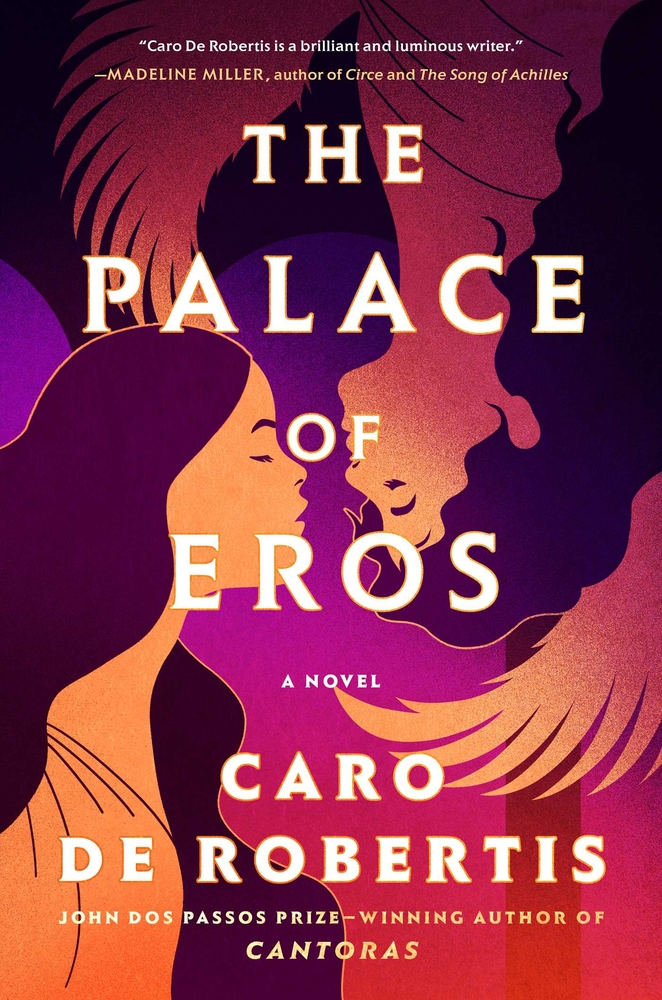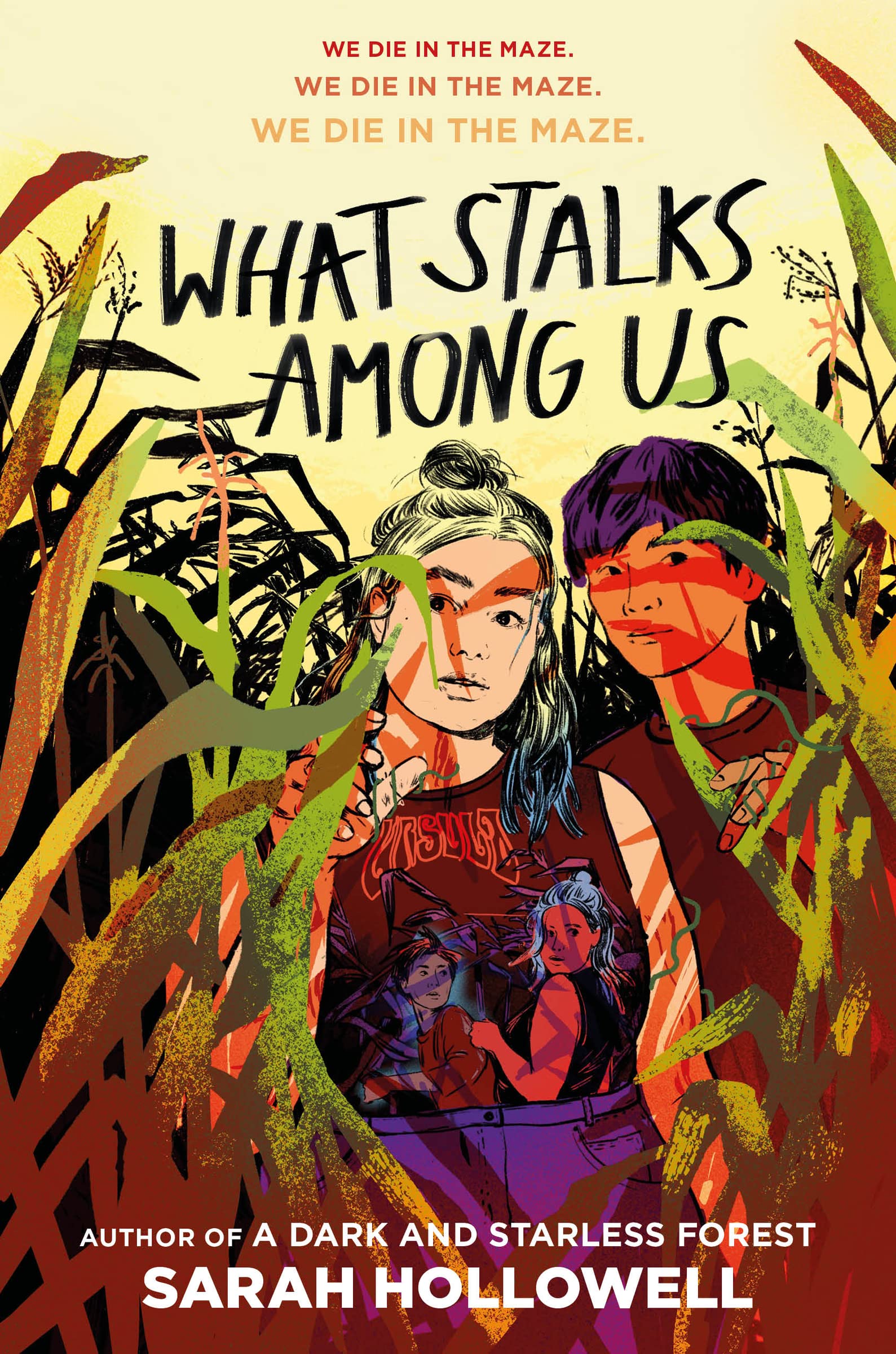This review is long overdue, considering how much I adore Silk and Steel: A Queer Speculative Adventure Anthology. Published in 2020 and edited by Janine A. Southard, this beautiful collection of seventeen stories contains “big names and bold new voices” (full author list in tags). The book features warriors and gentlewomen and centers queer women’s strength—andRead More
A Lush and Sensual Greek Myth Retelling: The Palace of Eros by Caro de Robertis
Buy this from Bookshop.org to support local bookstores and the Lesbrary! It’s no secret that Anne Carson has inspired many a sapphic love affair with ancient Greek myths, or that stories like Malinda Lo’s Ash, Sarah Diemer’s The Dark Wife, and a vast world of AU fanfiction showed that the threads from which most modern myths areRead More
When We Find Our Bodies in the Cornfield: What Stalks Among Us by Sarah Hollowell
Bookshop.org Affiliate Link I don’t know if this book will be for everyone, but it was a perfect read for me. The premise of this YA horror novel is that two friends get lost in an ever-shifting corn maze, and then they find their own dead bodies in the maze and have to figure outRead More
Danika reviews Light From Uncommon Stars by Ryka Aoki
Amazon Affiliate Link | Bookshop.org Affiliate Link I loved this book, but it’s such a tricky, contradictory one to recommend. It’s about aliens and demons and curses, but it’s also a grounded, realistic character study. It’s hopeful and comforting, but it also contains abuse, bigotry, and a lot of brutal descriptions of transmisogyny. This disparateRead More


